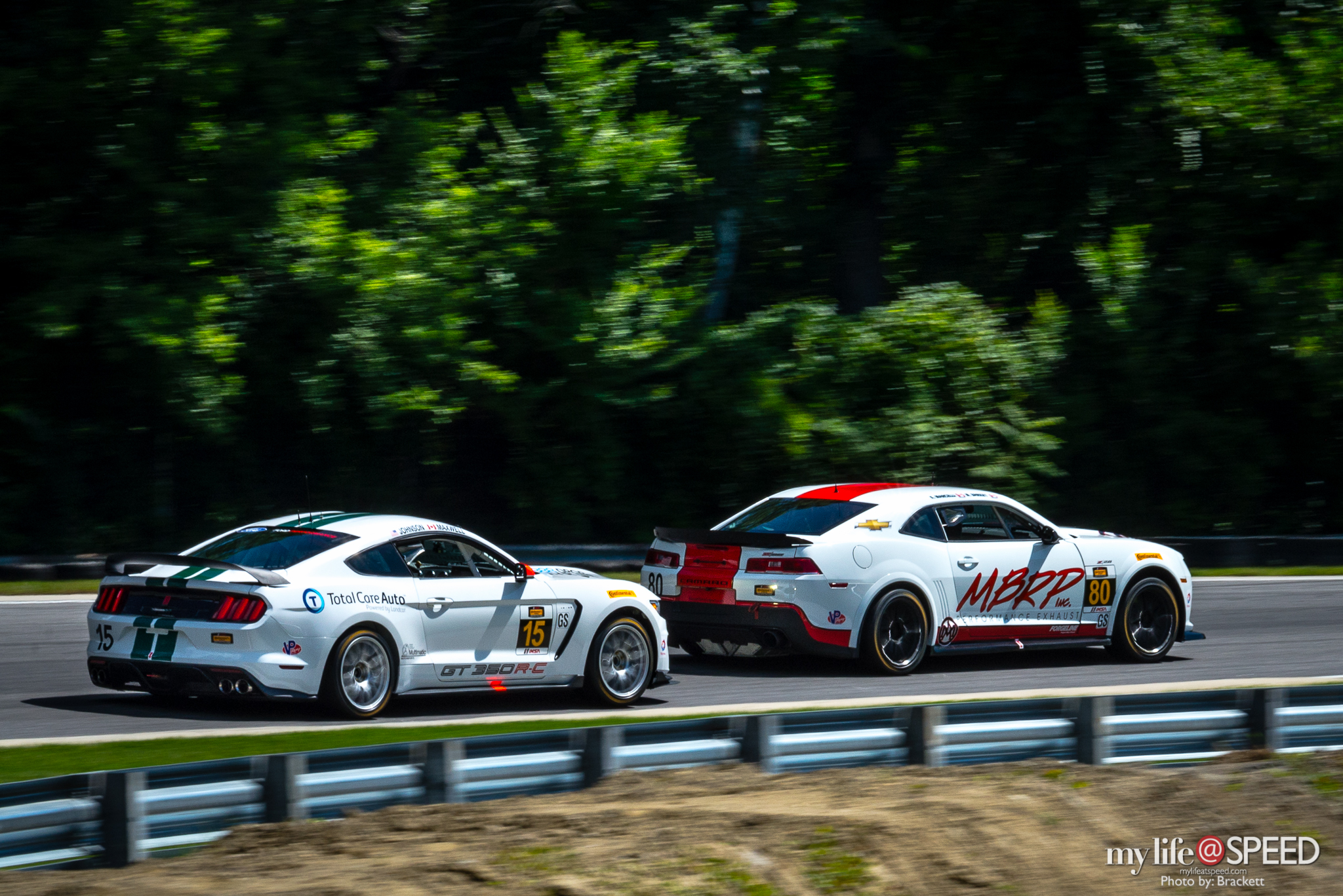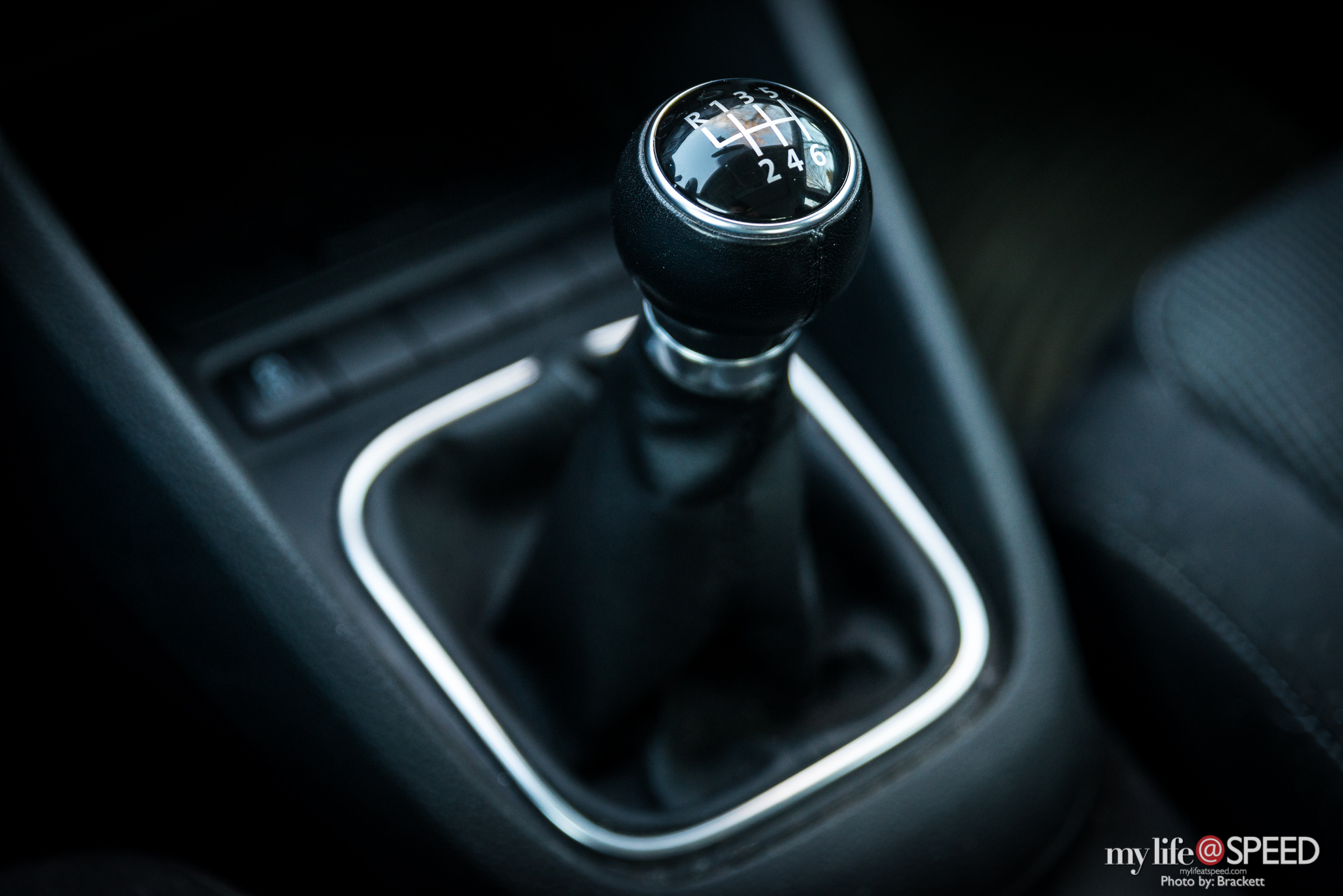In this week’s installment of the Human Element, we will be discussing the allure of the V8 engine despite the fact that there are more efficient and practical applications out there. Because after all, no one ever reminisces about that time they had a mediocre driving experience.
There are three key elements that set the V8 engine apart.
The sound.
The power.
And the delivery.
While there are force induction versions of the V8, I am going to mainly focus on the naturally aspirated variants in this article.
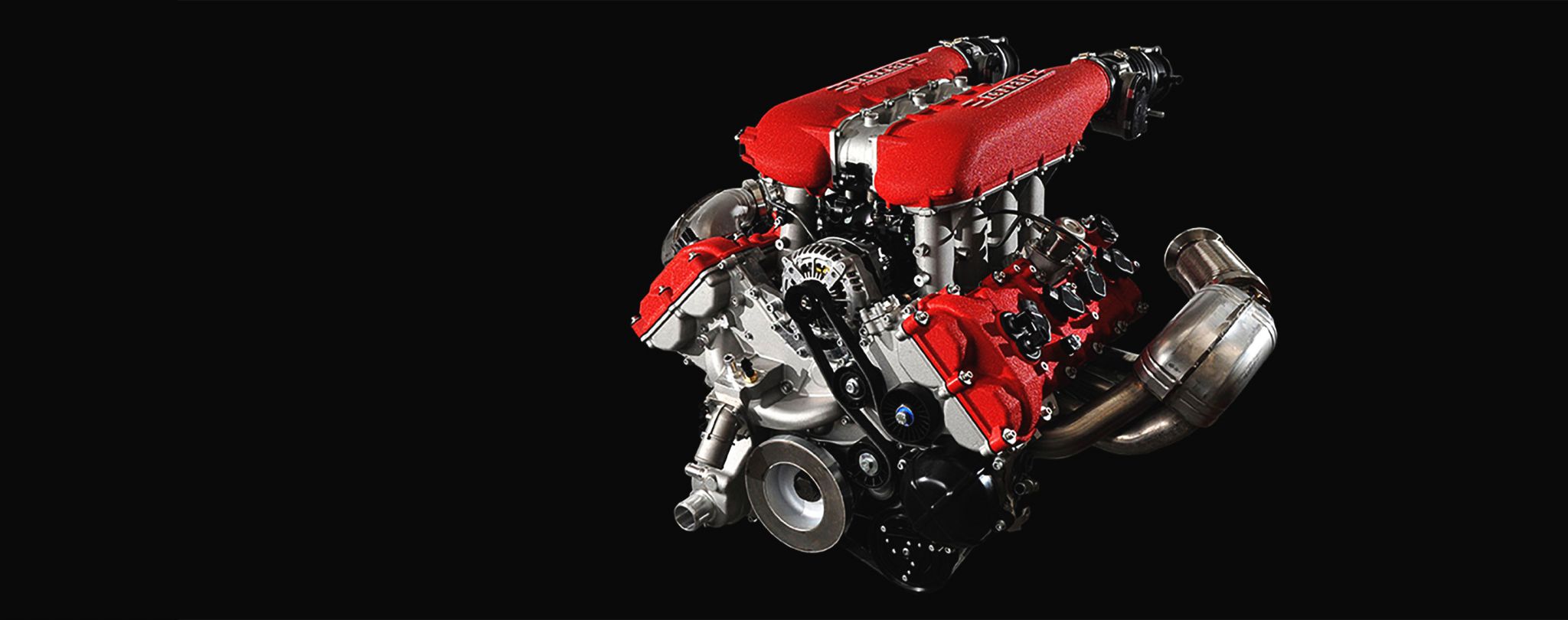
The Sound
I think most all of us can agree that the V8 engine is one of the best sounding engine designs in existence. Whether you prefer the high revving acoustics of a Ferrari, or the low, throaty rumble of some old American muscle, it’s just intoxicating. You can pick that sound out amongst the crowd and it invokes a most primal response. Something that makes you stand up and take notice.
Now all the 4 cylinder guys out there are going to become a little butt hurt on this next statement, but it’s simply true. Four cylinder engines do not sound good. They just don’t. They all relatively sound the same with a few exceptions like the boxer engine. But while, in comparison it may sound different, it does mean it sounds good. Yes, they can make good power and can be more efficient with power per liter… Ssssssssshhh. That’s not what we are talking about here. Accept it and read on.
There’s no other engine out there that has the versatility in sound like the V8. You can find some one in all walks of car life that can associate a good V8 engine bellow with a fond memory of some prior blissful motoring experience of the past. A couple for me are when the Corvettes used to come driving by at wide open throttle during an ALMS race and you could literally feel the reverberations in your chest with each stroke of that marvelous engine. Or the raspy crackle of the Aston Martin off throttle. Or the moment a top fuel dragster goes from idle to wide open throttle and you see, hear, and feel the heat wave coming from the exhaust, pointed defiantly towards the race gods, as it rips the very fabric of space and time with each hellish belch into the atmosphere, all while streaking off in to the distance seemingly defying physics. For nothing that fast could be anything short of jumping through a worm hole to cover that much distance in such a short amount of time.
You can’t help but smile and embrace the urge to hear and feel that primal response to something so special on a more frequent basis. Now that the hook is set, you are lured to the source of all that blissful motor cacophony and feel the need to experience it in some form for yourself.
The Power
Generally speaking, V8’s make decent power in their natural aspirated state. Everyone gets caught up in horsepower figures, but what really matters and what you feel most with these engines are the torque. Torque is generally a V8’s bread and butter. It’s that initial response you get which sets you back in the seat when you mash the pedal into the floorboard. The horsepower just carries it through. The torque is what sets those lips to cracking a smile and the horsepower finishes it off with a grin. Nowadays, 300 horsepower in a V8 is considered below average. Not too long ago, that was respectable power for a V8. Now, the new norm for most V8’s is 400 or more horsepower with matching or close torque levels. You have variants that put out over 500 hp from the factory in a Mustang, naturally aspirated. Or the Corvette Z06 with 650 hp and 650 ft lbs. Lets not forget the Hellcat with 707 hp. And all these with a warranty. And if you start to look at the aftermarket, over 1,000 hp is not unheard of. What the hell are you going to do with all that power? It’s pointless, but at the same time, impressive. After all, we are talking about the human element and that includes our attraction to irrational wants and thoughts.
The Delivery
This subject could go on for a very long time but I will try to keep it short and concise. You have three main power delivery applications. Natural aspirated (NA), supercharged, and turbocharged. All with their pros and cons.
Turbocharged engines are by far the easiest way to make gobs of power. While a factory turbocharged engine is generally out of most peoples league cost wise, they provide the best option of power delivery and modulation of that power. I tend to focus my driving on road courses and generally twisty fun roads. Turbos on a V8 can be down right scary in that application, because of the amount of power they can deliver, in addition to the way the power is delivered, especially in an aftermarket scenario. It’s much more manageable in a straight line application unless you have a lot of suspension work and throttle control. The urge to go wide open throttle on a turbocharged V8 off apex of a turn is not always a smart idea. Because once that boost hits, you better know what you’re doing. In a straight line, it is more manageable. I can see the addiction, but it’s short lived for me. I don’t like to live my life a quarter mile at a time. While turbocharged engine have come a long, long way since their inception, compared to the other two options, they are still a on-off switch with power delivery.
This brings us to superchargers, which are generally thought of as a fair compromise between a turbocharged and a naturally aspirated engine. Superchargers are a good bang for your buck way of making a lot of power and is less complicated than a turbocharged set up. The power delivery is more predictable and linear than most turbo setups, therefore giving you similar power levels of a turbo application with the driving characteristics of a really good NA engine. Downsides are heatsoak and for some, the whine produced by the supercharger. (The latter is subjective though.) With heatsoak, it really depends on your application, where in a hot climate and driving on a road course, it becomes more prominent. With both the turbo and supercharger, you lose some of that V8 sound due to the forced induction. Not a bad fit, but overall, still not quite the same as a NA engine.
Natural Aspirated engines are by far my preferred application. When you consider all that we have talked about above, the power, the delivery, the sound, you get the pinnacle of all those aspects of a V8 in a really good NA engine. Plus the responsiveness of a NA engine is unparalleled. That’s the bond that holds all these things together and exemplifies all the key factors in the best way possible. To me, a good naturally aspirated V8 transposes the human element into that piece of driving nirvana. When you can feel the difference between 1/3 throttle and 3/4 throttle and every variation in-between. Where the engine responds in kind with the roll on to wide open throttle, all the way through the rpm range until you have to lift to either slow down or shift. Then, back on the throttle and the response is instant. Correlating directly with the exact amount of throttle input from your right foot, is the amount of power being put down to the wheels with the decibel level exiting in the exhaust. Whether its the high revving 8000+ redline or the heart wrenching torque monster, the primal response is the same. Absolute joy. And a good naturally aspirated engine will do this again and again, lap after lap, without complaint. However, at the end of the day, regardless if you choose forced induction or naturally aspirated, driver enjoyment is what it is all about.
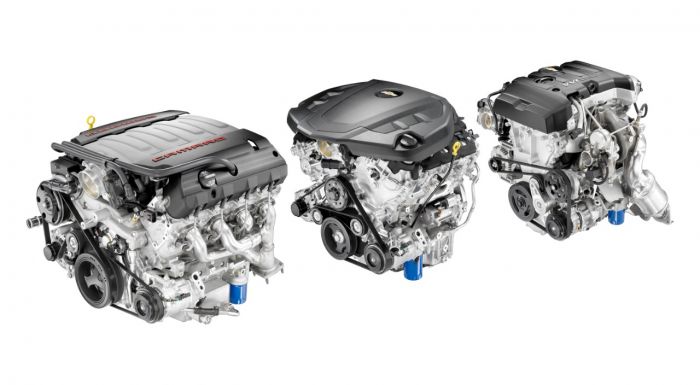
Here in lies the problem with our modern world. The V8, in practical terms, is archaic and unnecessary due to tighter emission regulations, fuel efficiency requirements, and engine application advancements. The V8 is up against the wall with pressure from governments around the world, as well as technological advancements with engines in general. Forced induction is becoming the norm on most engines. Hell, a turbo four cylinder is commonly making well over 200 hp and higher variants are pushing or exceeding the 300 hp mark from the factory. V8’s are being replaced by turbocharged or supercharged V6’s in almost every car line up where it was previously available. The arguments are they make the same power as the old V8’s and are more efficient, both in power and fuel economy. This is all rational thinking for a problem that most irrational enthusiasts never asked for a resolution on.
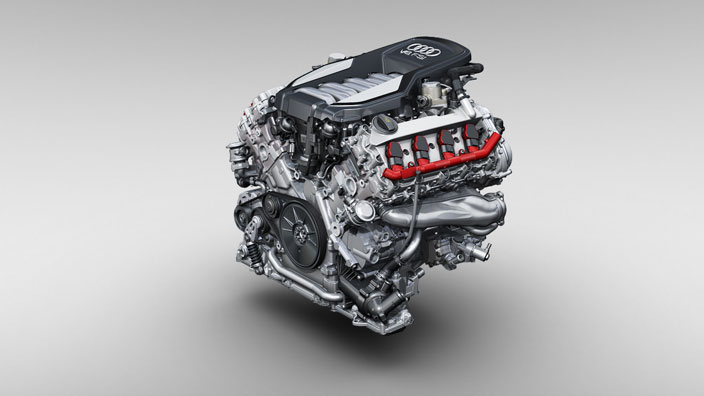
As the pendulum swings with the industry demands, we are left with two trains of thought on the matter. The people that continue to use the V8 engine, are left to gimmicky add-ons to help with fuel efficiency like cylinder shutdown under a light, steady throttle or engine start and stop when in traffic to help conserve on fuel and emission output. The other train of thought is to go the complete opposite end of the spectrum and go all out with the V8. For the European market as well as the Japanese to a lesser extent, they have only offered the V8 in very high end, expensive models. And in the lesser models that used to offer the V8, you now get the turbocharged or supercharged V6 variant. This kind of goes along the same train of thought for my previous article on the manual vs dual clutch transmission argument. The sense of engagement/fufillment vs pragmatism.
The bottom line is the V8 is becoming less and less available. While I don’t think it will go away completely, I do think it will eventually become an out of reach option for most car enthusiasts on a sensible budget. Where the allure and emotional attraction of a good V8 will be weighed against the more practical V6 or even turbo four cylinder option that can get you 90% of the power needs you are looking for. But damn it! It’s not always about which is the faster engine or makes the most power or which is more of an efficient design. It’s about what makes you want to drive a little further or what puts that smile on your face more often. I have a TDI Golf that gets excellent fuel mileage and is fairly fun to drive, but I find myself more often than not driving my V8 powered LR4 simply because the engine is so much fun. Even if it is in a tank of a vehicle and gets less than half the fuel mileage of my Golf.
Moral of the story is get your V8’s while you can. As technology advances and regulations tighten, the V8 driver’s car will become more scarce and less affordable. It will become a commodity that will go from the masses to the niche as autonomous cars, hybrids, and cars in general become more about creature comforts and just getting from point A to point B, with less on the actual experience.
It used to be a German car was the go to for a driver’s car. The American’s made a car that went fast in a straight line but you suffered in the corners, braking, and general build quality. That isn’t the case anymore. When you go from a benchmark like the BMW M3 being, for the most part, affordable and the definition of a drivers car, to what they offer now, it’s a far cry from what you used to expect. Not to mention the bloated price tag associated with a new well equipped M3, you’re talking over $75,000! M4? It goes way up from there!
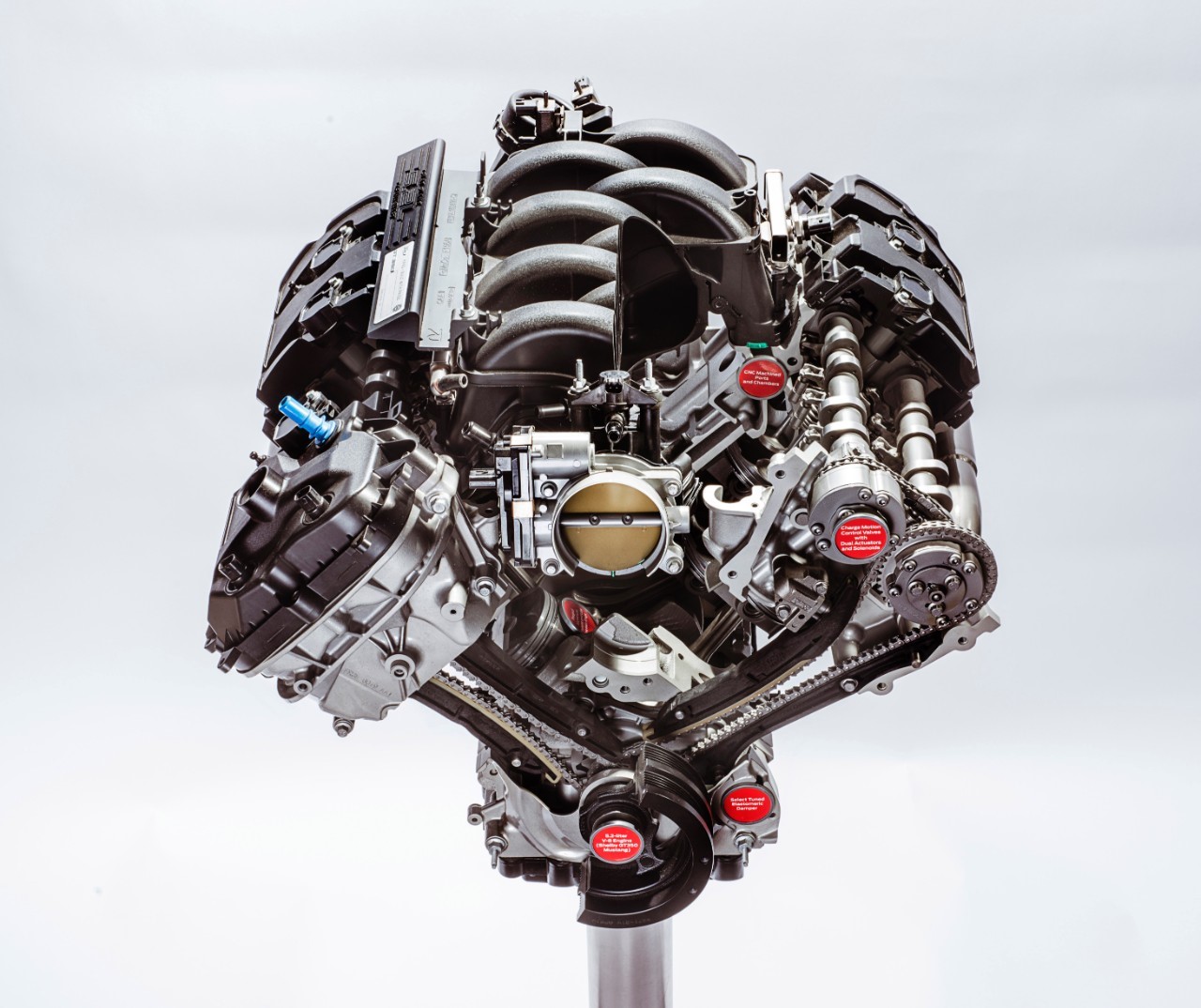
Speaking of that pendulum, it has swung back and the American car manufactures have answered with affordable V8 driver’s cars. In my next Human Element article, I will talk about the shift from German cars to American cars for the go-to driver’s car experience. And this is coming from a diehard German car guy!

